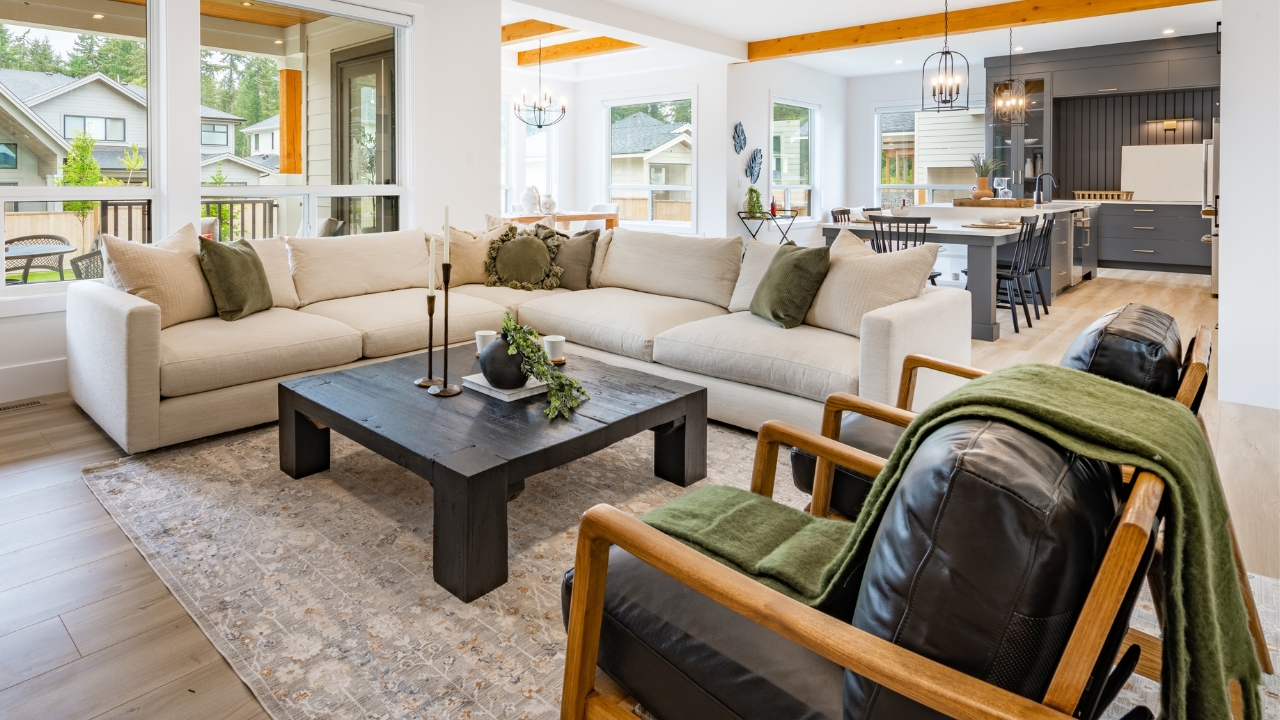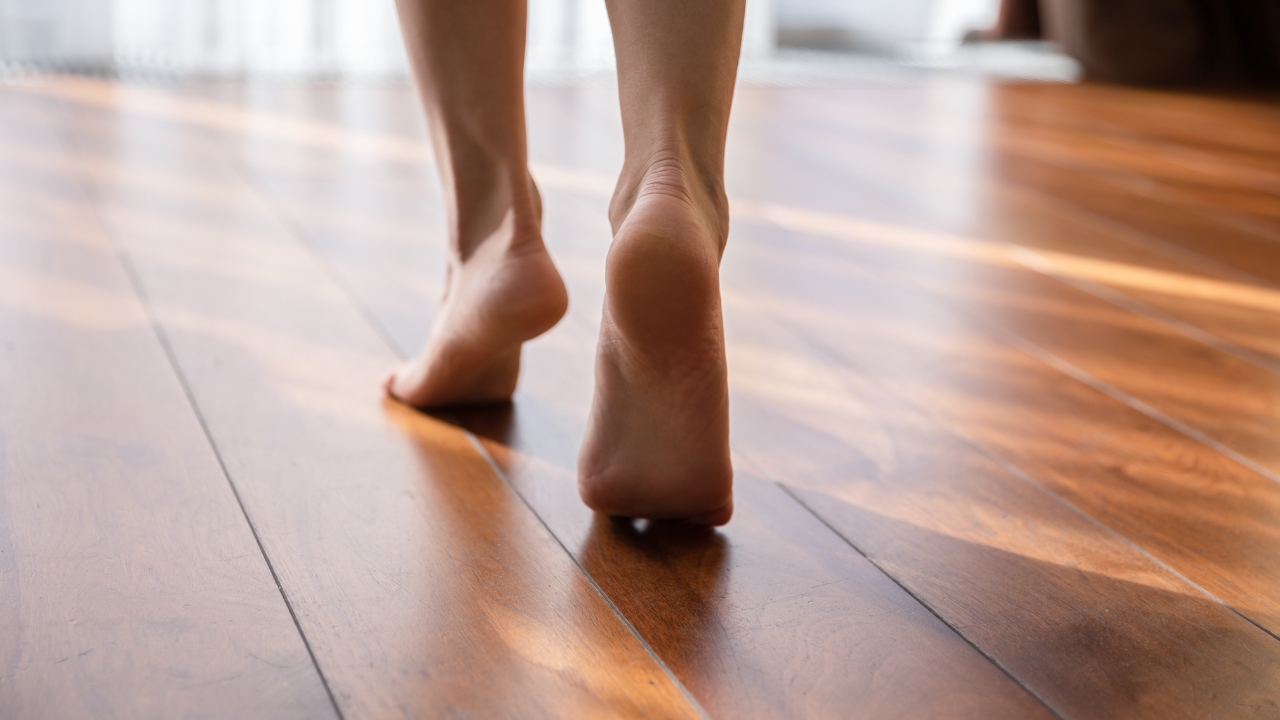6 Mistakes That Make Your House Way Noisier Than It Has to Be
Some houses are naturally louder than others, but a lot of that noise has more to do with how things are built—or what gets overlooked during updates. If your house echoes, creaks, or seems to carry every sound like a megaphone, there’s a good chance it’s tied to one of these common issues.
These aren’t design flaws so much as choices that add up to a noisier home than it needs to be.
Bare Floors Without Rugs

Hard floors like tile, laminate, and wood don’t absorb sound. They bounce it around, which makes footsteps louder and everyday noise feel amplified.
Even one well-placed rug can help soak up some of that echo and give rooms a quieter feel. It’s an easy fix, especially in high-traffic areas like living rooms and hallways.
Hollow-Core Interior Doors

Most modern interior doors are hollow, and while they’re budget-friendly, they do next to nothing for blocking sound. You’ll hear everything from the next room like it’s right beside you.
If you’re tired of hearing every conversation or toilet flush, swapping in a few solid-core doors can make a noticeable difference—especially for bedrooms and bathrooms.
No Weatherstripping on Doors

Gaps around exterior doors don’t just let in drafts—they let in sound. If there’s space for air to leak, there’s space for noise to come through too.
Installing weatherstripping or a door sweep doesn’t cost much, and it helps dampen outdoor noise like traffic, barking dogs, or noisy neighbors.
Thin or Uninsulated Walls

Some interior walls are built with minimal insulation, especially in older homes. That means you’ll hear everything from the next room, whether it’s footsteps, voices, or even appliance hums.
If you’re renovating or opening up walls anyway, adding insulation can seriously cut down on noise transfer. Otherwise, sound-dampening panels or even bookcases can help absorb some of the sound.
Echoes from Bare Walls

Walls with nothing on them don’t absorb sound—they reflect it. That’s why an empty room sounds louder than a furnished one.
Adding wall hangings, curtains, or fabric-based décor helps dampen echoes and soften sharp noises. Even canvas prints or tapestries make a difference in how a room sounds.
Appliances with Worn-Out Parts

Old fans, dishwashers, dryers, and HVAC systems can all get noisier over time—especially when bearings start wearing out or components loosen.
If you’ve noticed a sudden rattle or whine, it’s worth checking the age and condition of your appliances. Tightening bolts, cleaning filters, or replacing a fan motor can bring the volume way down.
Metal Ductwork Without Insulation

Bare metal ducts carry sound from one end of the house to the other. If your HVAC system is loud or vents make a banging noise when air kicks on, uninsulated ducts are likely part of the problem.
You can add duct insulation or sound-dampening wraps to help absorb vibration and cut down on how far that noise travels.
Skipping Soft Furnishings

A house with minimal curtains, cushions, or upholstery tends to sound louder. That’s because hard surfaces reflect sound, and soft ones help absorb it.
Bringing in a few throw pillows, fabric chairs, or heavier curtains can help take the edge off the noise without changing the structure of the house.
Ceiling Height Without Sound Control

High ceilings might look great, but they make sound travel farther and linger longer. That can make even small noises feel big and hard to ignore.
If your house has vaulted ceilings or big open spaces, try acoustic panels, fabric drapes, or rugs to help reduce the echo effect.
No Padding Under Furniture

Furniture legs that sit flat on hard floors tend to scrape, thump, and echo every time you move them. It’s a little thing, but over time it adds to the overall noise in your home.
Adding felt pads or rugs under furniture can cut that noise down a lot. It’s quick, cheap, and helps protect your floors too.
*This article was developed with AI-powered tools and has been carefully reviewed by our editors.







